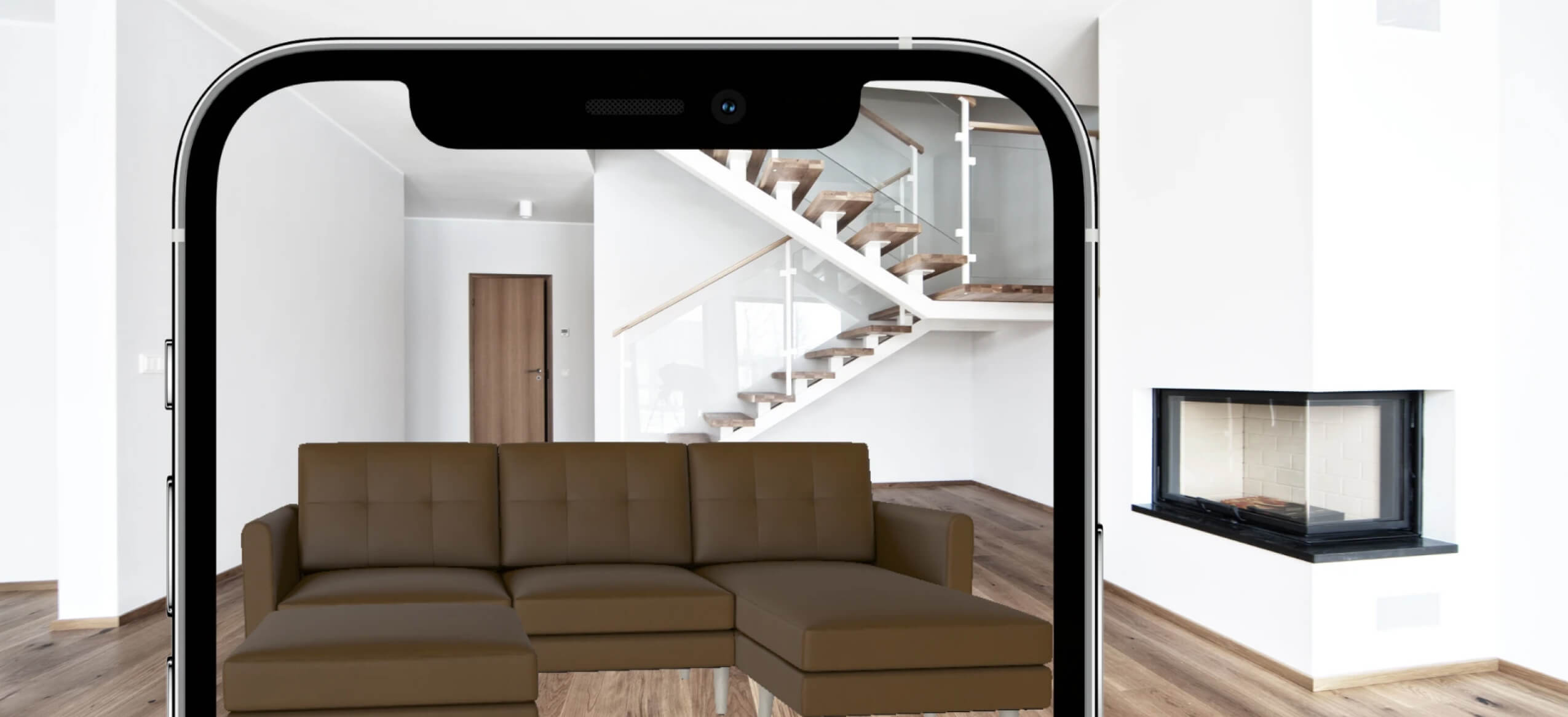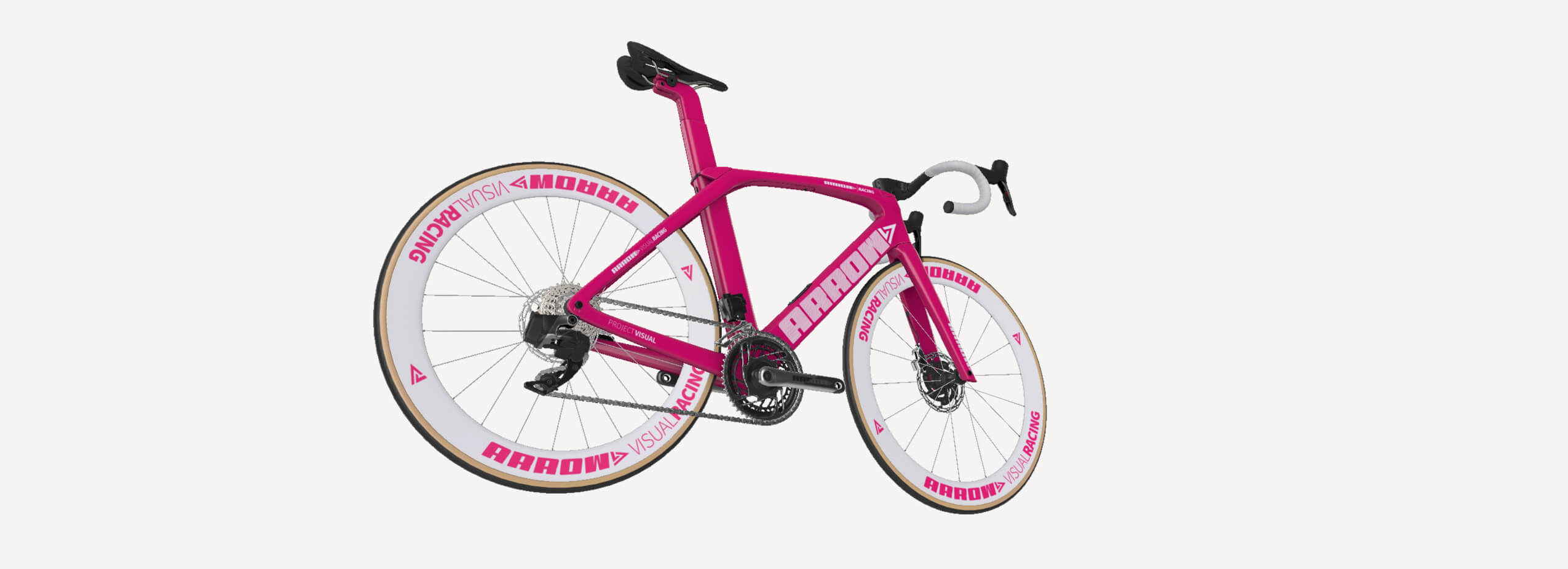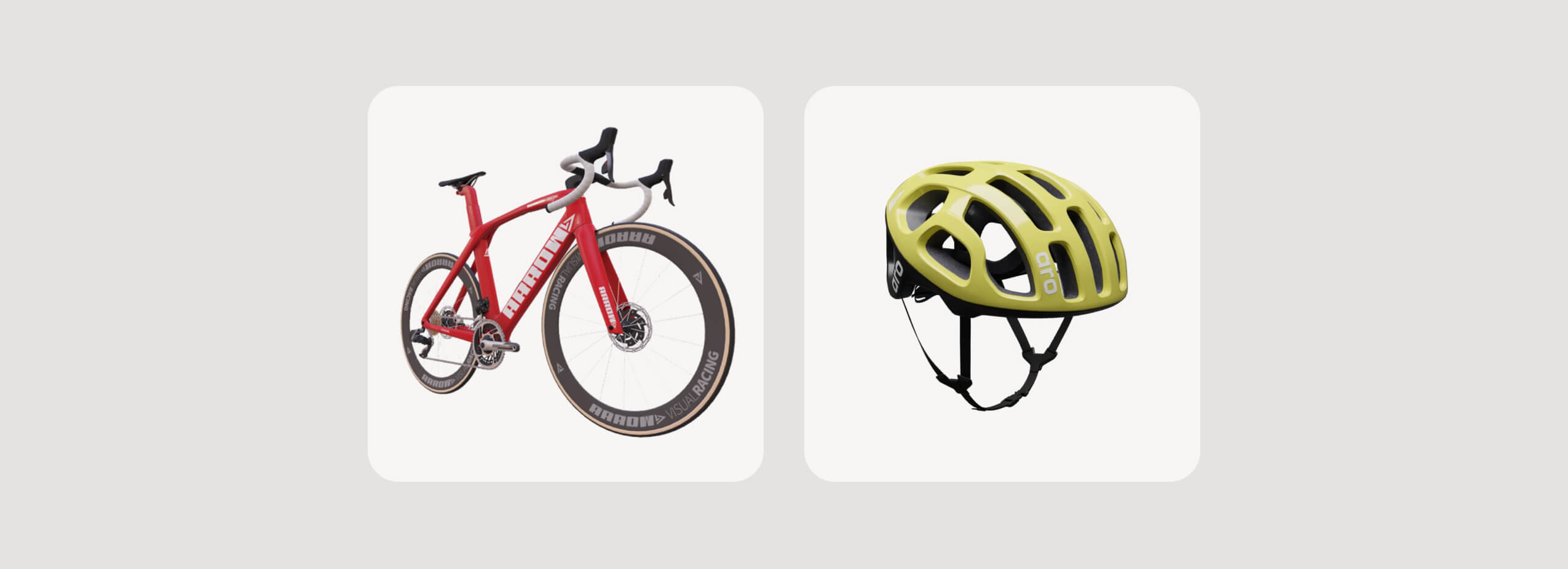3D and augmented reality campaigns drive more results than traditional media; let's put them to work.

There are plenty of benefits to adding 3D to your ecommerce site, but what many don’t realize is that it is not just ecommerce that can drive value from 3D visualization. Product visualizers, 3D configurators, and augmented reality can be applied to a variety of brand and company initiatives, even if there isn’t a product to be sold. Here are 5 ways brands can use 3D outside of eCommerce.
Using 3D for Product Tours
While 3D configurators are commonly used on ecommerce product pages, they can also be used to showcase and demo products in a non commerce setting. This is particularly true for companies working in prototyping, where the product may not be ready for market, but 3D renderings of the product are available. When pitching to investors, partners, or future clients, the ability to demonstrate how a product will work, what it will look like, and any unique features or functionalities can be a valuable asset for conveying value. Humans process visual information 60,000x faster than text, and 65% of the population are considered visual learners. When it comes to displaying information with clear understanding, there is nothing better than visual.

These benefits can extend to consumer facing tools. Even after purchase, 3D product visualizers and configurators can be used in product tutorials or to demonstrate how a product fits with the other products available from a brand. Visually demonstrating these connections and opportunities delivers more value to consumers looking to get the most out of their recent purchase.
Using 3D for Consumer Education
Using 3D for consumer education is also not limited to specific products or brands. Consider a consumer advocacy or safety group focused on sporting equipment. Especially where there is great parity in design or specifications on how something must function, a generic model may be used to demonstrate how a piece of equipment should operate, where to look for flaws, and how to properly maintain it.

Using 3D for Recruiting
Sometimes your company works on projects or responsibilities that are amazing opportunities, but since they aren’t consumer facing it is more difficult to educate talent on what you do and why they should join you.
Fire departments hold regular recruiting events, but while the most attention is generally paid to the efforts surrounding putting out fires, there are many aspects of the job that rely on understanding and using important equipment. Recruiters generally can’t take a firetruck out of service to bring to events, but they can bring tablets or other mobile devices loaded with interactive experiences to allow recruits to explore the truck and equipment that they would be working with. Want to drop a firetruck in the middle of a college campus? Building an augmented reality experience allows the truck to travel with recruiters without removing it from duty.
Using 3D Visualization for Training
When it comes to highly technical training, hands on experience is key, but much of the education in these spaces still requires classroom or digital training. Using AR and 3D models allows more of a hands on experience by bringing a realistic representation of the machinery or tech that the trainees will be expected to work with in the field.
Businesses such as airlines must have expert teams handling maintenance and repairs of the aircraft in their fleets. Many of these technicians will specialize in a particular design or manufacturer, learning everything there is to know about how the plane was built, how to maintain it, and where it requires the most work to keep it functioning properly. Static diagrams give an efficient look at what the plane would look like, but as they are in 2D, their appearance is likely quite different from the actual parts a technician will be handling. Training programs that include 3D models, augmented reality demonstrations, and immersive learning allow students to actively engage with these complicated machines, which means a greater understanding of the mechanics, better time spent training in the field, and fewer mistakes.
Using 3D & Augmented Reality for In Person Events
One of the greatest benefits of 3D visualization is the ability to bring products and experiences to life from almost any location - including events! Whether it is a conference, festival, branded pop up, or a permanent store, 3D tools can be used to add the wow factor to a physical space.

To give visitors the ability to explore products, technologies, or unique features in an immersive way, deploying interactive screens or kiosks brings the benefits of 3D configurators and visualizers off daily devices onto the big screen for hands on engagement.
Brands such as Nike and LEGO have leveraged AR in store to create branded experiences that go beyond their traditional products. LEGO and Snapchat even partnered to build a store with nothing in it, except for Snapcodes that could be used to open special augmented reality experiences and features for visitors to engage in.
B2B can also leverage 3D and AR for business tasks. Need to showcase your latest collection? Bring your entire product catalog to a buyers’ show without the cost of shipping a sample in every color.
3D for ecommerce is a quickly growing field, expected to contribute significant value to a segment that will account for nearly 20% of all retail within the next two years. However, to limit the possibilities of 3D and augmented reality to ecommerce would be a mistake for brands, as there is significant and impactful value to be driven in applications well beyond the add to cart button.